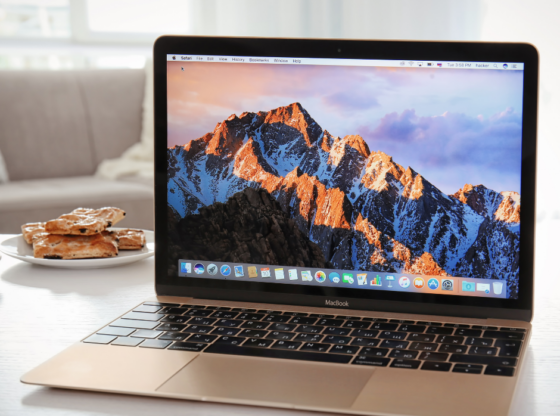MacBooks are renowned for their sleek design, powerful performance, and reliable functionality. However, one common issue that MacBook users may encounter is overheating, which can impact the device’s performance, battery life, and overall user experience. In this article, we will explore practical strategies and tips to help you solve the heating problem in MacBooks, ensuring optimal performance and temperature regulation.
1. Check for Ventilation Obstructions:
One of the primary causes of overheating in MacBooks is inadequate ventilation. Dust, debris, and blockages can accumulate in the device’s vents and fans, hindering the airflow needed to dissipate heat effectively. To address this issue, use compressed air or a soft brush to gently clean the vents and remove any obstructions that may be impeding airflow.
2. Monitor Resource-Intensive Applications:
Certain resource-intensive applications and processes can strain the MacBook’s CPU and lead to increased heat generation. Monitor the Activity Monitor utility to identify any apps or tasks that are consuming a significant amount of system resources. Consider closing unnecessary applications or limiting the number of concurrent processes to reduce the strain on the CPU and lower the device’s temperature.
3. Adjust Power Settings:
Optimizing the power settings on your MacBook can help mitigate overheating issues and prolong battery life. Adjust the Energy Saver preferences in System Preferences to optimize power consumption, reduce screen brightness, and enable features such as automatic sleep mode to conserve energy and prevent unnecessary heat generation.
4. Use a Cooling Pad:
Investing in a cooling pad or laptop stand with built-in fans can provide additional cooling and airflow to your MacBook, helping to dissipate heat more effectively. Place your MacBook on the cooling pad to improve ventilation and airflow around the device, especially when using it for extended periods or demanding tasks that may generate excess heat.
5. Update macOS and Software:
Regularly updating your MacBook’s operating system and software is essential for maintaining system stability, security, and performance. Software updates often include bug fixes, performance optimizations, and enhancements that can address heating issues and improve overall system efficiency. Check for updates in the App Store and Software Update section to ensure your MacBook is running the latest software versions.
6. Reset SMC and PRAM/NVRAM:
If your MacBook continues to experience heating issues despite implementing the aforementioned solutions, resetting the System Management Controller (SMC) and Parameter RAM (PRAM) or Non-Volatile RAM (NVRAM) may help resolve underlying system issues. Follow the instructions provided by Apple to reset the SMC and PRAM/NVRAM on your MacBook and restore system settings to default configurations.
7. Seek Professional Assistance:
If persistent heating problems persist or if your MacBook exhibits signs of hardware malfunction, it may be necessary to seek professional assistance from an authorized Apple service provider. Trained technicians can diagnose and repair hardware issues that may be contributing to overheating, such as faulty fans, thermal paste degradation, or internal component failures.
Overheating can be a frustrating issue that impacts the performance and longevity of your MacBook. By implementing the strategies outlined in this article, such as checking for ventilation obstructions, monitoring resource-intensive applications, adjusting power settings, using a cooling pad, updating software, resetting SMC and PRAM/NVRAM, and seeking professional assistance when needed, you can effectively address heating problems in your MacBook and ensure that it operates at optimal temperatures for a smooth and efficient user experience. Remember to practice regular maintenance and preventive measures to keep your MacBook cool, functional, and reliable for years to come.
